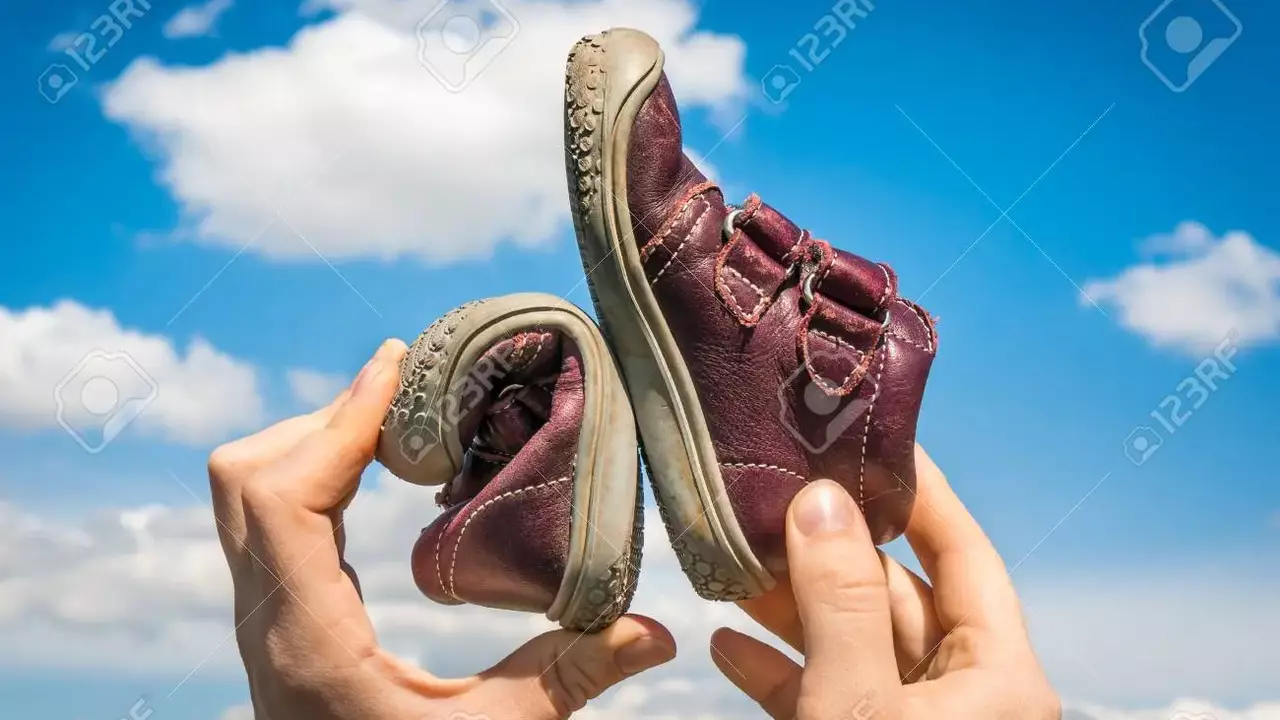
The World of Soccer Shoes: A Backstory
Where would we be in the world of soccer without our reliable boots? They give us power. They give us precision. And don't even get me started on the kissing-the-boot celebration! But ever wondered why these modern soccer shoes don’t come with flexible soles? Nah, I'm not talking about those pairs we reluctantly wear while taking Pippin (my rabbit) out for a run on moonlit Portland nights. Coincidentally, that's how Eleanor, my better half, took her first crack at soccer too. That’s a story for another time.
Material Matters: The Composition Behind the Rigidity
Modern soccer boots are traditionally constructed from two parts: the upper and the sole. Each part performs a crucial role in the game. The upper part of the boot is predominantly made from kangaroo leather or synthetic materials, which are comfortable and mold well to the foot. Think of this as the equivalent of your hand in a well-worn glove, just more… footy.
But let’s get down to the sole of the matter. The soles of modern soccer boots are usually made from hard plastic or rubber, including blades or studs to grip the pitch. But why are they so stiff? Well, the simple answer is traction and power transmission. When you're on the pitch, you need your boots to grip the ground firmly to maximize your kicking power. If the soles were flexible, you'd lose a good deal of that power, much like how our rat Percy struggles with the slippery tiles in our home.
Stud Patterns: The Tread Difference
The stud pattern of the shoe plays a significant role too. Conical studs dig deep into the ground for optimum traction, while blades offer more ground contact, ideal for quick changes in direction. Guess it's like choosing between a mountain bike or a racing bike, depending on the terrain. Yes, I just compared football boots to bikes, you're welcome.
The Science of Biomechanics: Putting Power on the Pitch
The lack of flexibility in soccer shoes also owes to the science of biomechanics. It's all about that sweet 'kick mechanics.' You see, kicking involves extending the foot rapidly to make solid contact with the ball. Flexible soles would compromise this extension, reducing the power and precision of the kick. Also, soccer involves a lot of running and sharp directional changes, and stiff soles prevent foot distortions during lateral movements. It’s like building a house on rock versus building it on sand; which do you think is more stable?
The Innovation Angle: Exceptions to the Rule
Has there been any attempt at innovation you ask? Well, a few exceptions exist such as the Adidas Nemeziz and Nike Mercurial series that offer some flexibility, ideal for players who rely on quick feet movement and agility more than raw power. But such designs are still not the norm. In a world of hard hits and high-speed clashes, power still holds supremacy. But who knows, maybe one day we'll see the Messi of Mars showcasing his interplanetary dribbling skills in flexible, futuristic boots.
Play Safe: Injury Prevention Measures
The rigidity of soccer soles serves another purpose: playing safe. Soccer involves frequent short-burst, high-intensity actions that put a lot of pressure on the feet, and the stiff soles act as a supportive base to minimize the risk of strains and sprains. Think of it as a safety feature; it's like having an airbag in your car. You hope to never need it, but it's comforting to know it's there.
The Footwear Fit: Comfort and the Soccer Shoe
Comfort, however, is not compromised. Modern soccer shoes are packed with features like foam insoles and padded collars to ensure a snug, comfortable fit. Did you know the width of your foot can also influence your ideal sole stiffness? Believe it or not, but those with a broader foot might actually find rigid soles more comfortable, like those of us who find extra legroom on flights a lifesaver. Eleanor’s case in point.
Wrapping Up Boot Business: The Final Word
The continuous innovation in soccer footwear has always intrigued me. Yes, the evolution may be driven by performance needs, safety precautions, and player comfort, but they can still have their quirks and idiosyncrasies. Just like us! Each pair of soccer boots tells a story and understanding that story can shed light on fascinating aspects of the game we all love. So, the next time you put on your soccer shoes, take a moment to appreciate the engineering marvel that's at your feet. And remember, while the soles might not be as flexible as Pippin's hopping, they were made that way for a reason.
 Entertainment
Entertainment